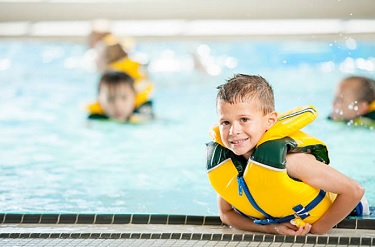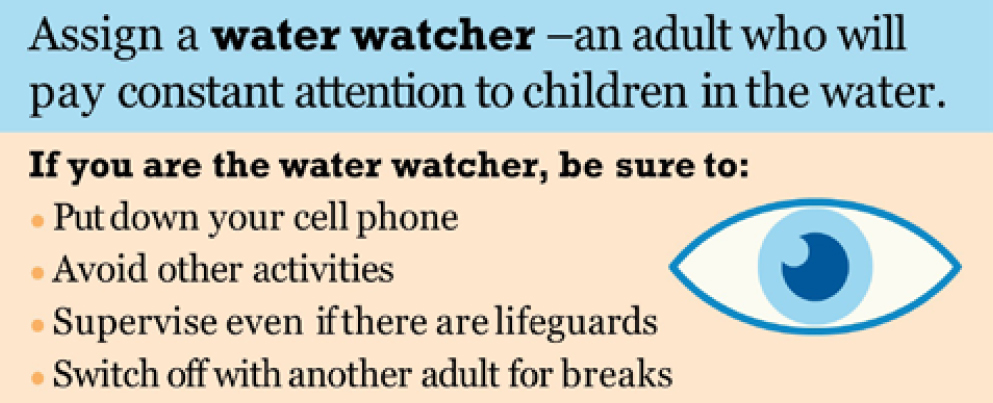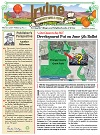 It’s that time of year again. Drowning can happen to any family. It’s the No. 1 cause of death among children 1-4 years and the second leading cause of death among teens. Nationally, drowning claimed the lives of nearly 1,000 children in 2017. Both fatal and non-fatal drowning caused an estimated 8,700 emergency room visits. In Orange County, 10 children lost their lives from drowning in 2017.
It’s that time of year again. Drowning can happen to any family. It’s the No. 1 cause of death among children 1-4 years and the second leading cause of death among teens. Nationally, drowning claimed the lives of nearly 1,000 children in 2017. Both fatal and non-fatal drowning caused an estimated 8,700 emergency room visits. In Orange County, 10 children lost their lives from drowning in 2017.
As pediatricians, we know that we can prevent these tragedies if we work together — with families, parents, and elected officials and other policy makers — to implement the solutions that work.
At the recent Annual Leadership Forum of the American Academy of Pediatrics (AAP) held in Chicago, 500 pediatricians sat in total silence, listening to courageous parents speak about the most painful experience of all — the death of a child. Emiline, daughter of Bode Miller; Levi, son of Nicole Hughes; and Charlie, son of Sam Hanke, MD, lost their lives from preventable causes of death.
These parents never met before. Now, however, alongside 60,000 AAP pediatricians, they are advocating that policy makers, communities and families join together to increase awareness of both drowning and infant sleep death.
Emiline and Levi drowned in unfenced residential swimming pools — the leading cause of toddler death. Emiline lived with her family right here in Orange County. Another Orange County child was far more fortunate, because local pediatrician Eric Ball, assisted by two CPR-trained friends, Steve Averill and Nathan Evans, saved the life of that toddler at Woodbridge Lake, in Irvine.
So, what steps should you take to prevent both fatal and non-fatal drowning? The AAP recommends adopting a “layered” prevention strategy. First, begin with pool fencing. Backyard pools should be fenced on all four sides with a self-closing latch that meets the U.S. Consumer Product Safety Standards. Second, constant supervision is critical when a child is near any body of water. Avoid all distractions such as cell phones, chatting with friends, and drinking alcohol. Designate a “water-watcher”…someone who watches the water (and the kids in the water!) at all times. Third, small children and non-swimmers should wear a U.S. Coast Guard approved life jacket when they are in or near the water. “Floaties” are not reliable. Fourth, learn CPR.

Remember, water and water hazards are just about everywhere in our environment. Know the signs of a distressed child in water. The more you know, the safer our kids are. You can find terrific information on our AAP website: www.aap.org and search on “drowning.” Let’s have a good…and SAFE…summer!
Next time: What About Swimming Lessons?
- Keeping Your Family Safe This Pool Season - June 26, 2024
- Keeping Kids Safe On & Off the Baseball Field - May 31, 2024
- Are Electric Bikes (E-Bikes) Safe? - March 7, 2024



